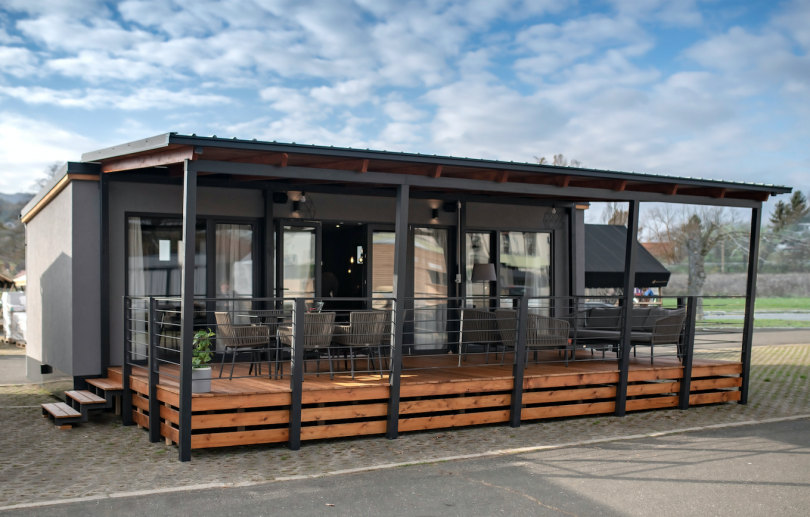The exceedingly high cost of site-built residential construction has resulted in an affordability gap in the U.S. It may sound counterintuitive, but despite nearly 7 million single-family homes being built onsite in the last decade, an increased number of people rented apartments. And before the economy surged, the homeownership rate reportedly dropped by nearly 5 percent in 2016 alone.
By contrast, manufactured home sales have steadily increased and 2020 purchases are expected to outpace every year since the Great Recession. With site-built construction cost hovering above $150 per square foot and upwards of $300,00 for a property, everyday people are considering brand new manufactured homes at a fraction of the price. Working families who are considering a manufactured option may need to gather information in order to make an informed decision. These are five key differences between mobile homes and sit-built structures.
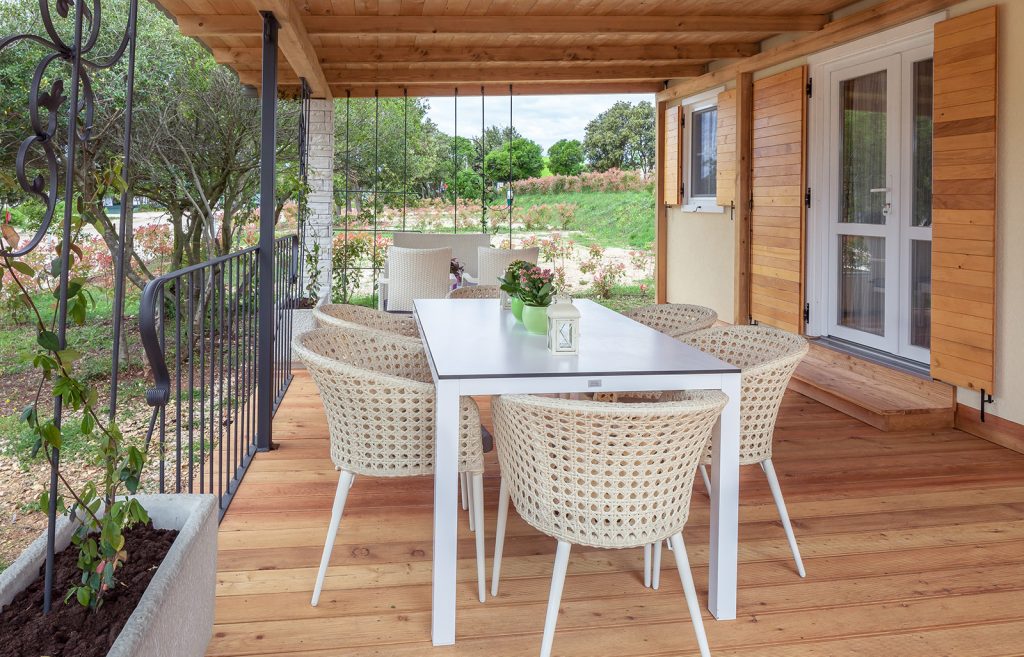
1. Foundations Can Differ A Great Deal
Starting this comparison from the bottom up, the way these different types of construction rest on the ground is usually different. Site-built structures generally begin by creating a concrete foundation. This may include an underground basement comprised of concrete walls, a shortened foundation made from walls with a crawl space between the structure and ground, or a solid slab. Foundations are one of the reasons that site-built structures incur higher costs.
By contrast, manufactured mobile homes are delivered in sections and installed on wide-ranging types of support. These may include pressure-treated wood, cinder blocks, or a concrete slab, similar to site-built products. But many manufactured home buyers select inexpensive foundation types. They then utilize decorative skirting to close the space between the bottom of the home and ground. This strategy leaves an easy-access crawlspace to make plumbing and electrical repairs when needed.
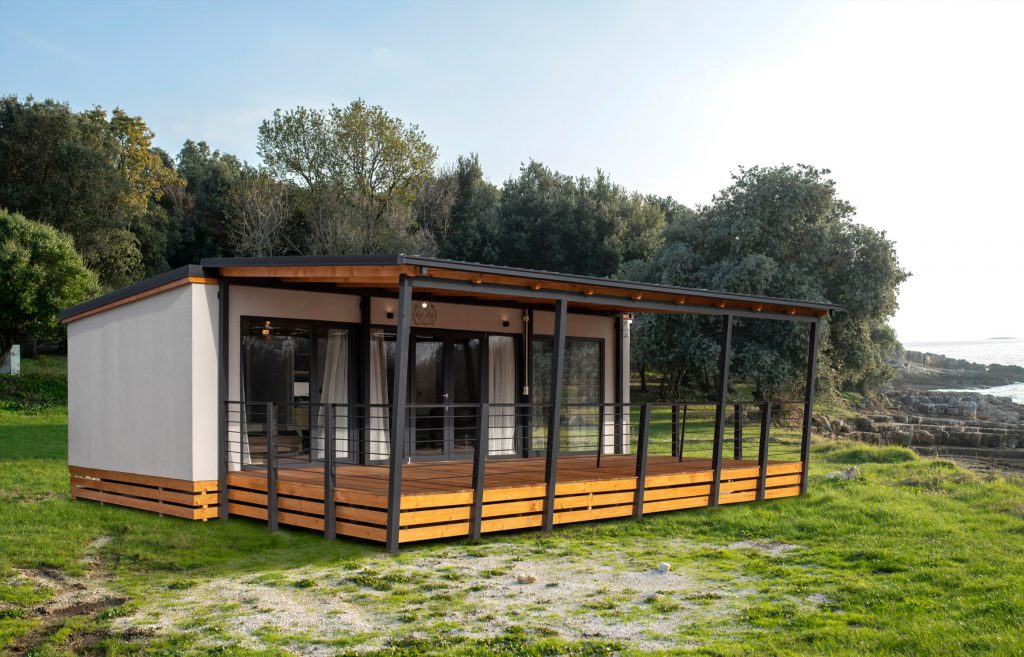
2. Purchase Possibilities Vastly Different
Homebuyers can choose between hiring a contractor to build a site-build model, select and existing real estate listing, or go the manufactured home route.
As mentioned previously, new construction can be very expensive. But beyond the high cost, new construction involves negotiating with general contractors, worries about poor workmanship from subcontractors, and delays. Existing properties tend to limit buyer options. It’s not uncommon for real estate listing buyers to have to effect renovations to correct the space in a way that suits their lifestyle or growing family.
By contrast, purchasing a manufactured home involves meeting with a customer care professional, discussing cost, space, and design wishes. Custom manufactured homes are often designed using computer-generated models that are altered to include the buyer’s desired amenities.
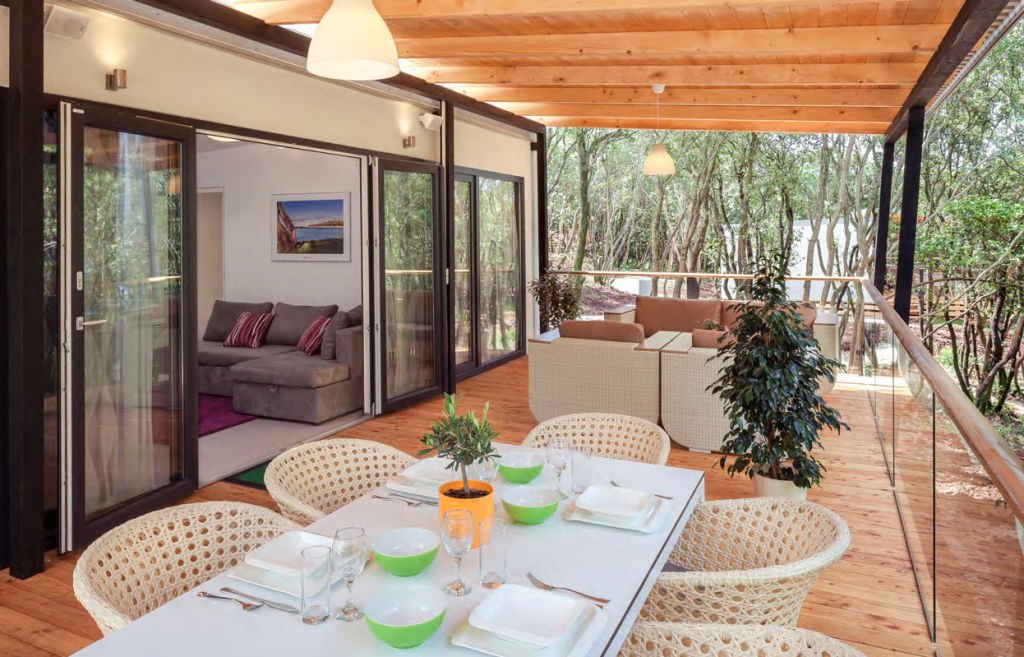
3. Why The Construction Process Matters
One of the driving reasons that manufactured home models are stunningly less expensive is because they are built in a controlled environment. These factory-built homes are staffed with skilled professionals who use quality materials.
It’s imperative that future homeowners understand that both sectors have access and leverage the same materials. The key construction difference is that controlled manufacturing minimizes mistakes and ensures experienced craftsmanship every time
4. Different Ways Of Making A Financial Investments
First-time site-built homebuyers find themselves overcoming a series of hurdles. Saving a down payment, calculating the monthly mortgage expense, taxes, insurance, and other costs. The process often involves arriving at an affordable figure. Those who take the site-built path find themselves paying a monthly premium that uses up a large portion of their earnings. Friends and relatives may tell you that you made a good investment because the value will increase. The housing market data over the past two decades shows that losses are also possible.
When working families invest their down payment into a manufactured home, it’s far less likely to eat up the bulk of your monthly earnings. Home costs are lower and, therefore, so is your mortgage. This frees up plenty of financial resources for leisure spending and investment. While site-built homeowners are working more to pay the mortgage, manufactured homeowners have an opportunity to engage in wealth management, such as 401(k), college funds, or other investments.
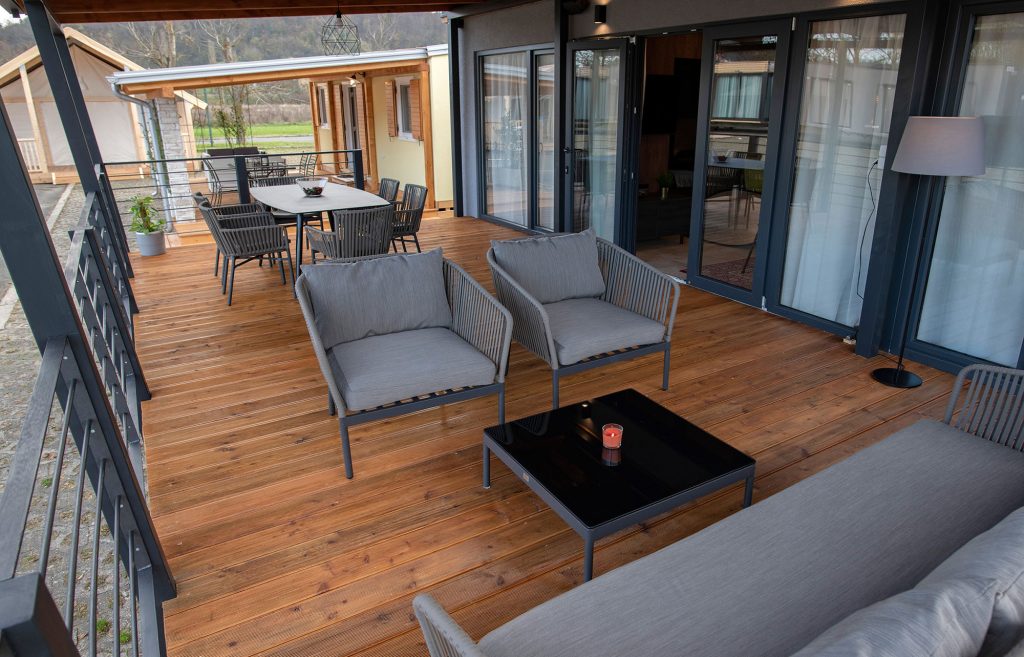
5. Flexible Life & Location Options
People refer to high quality manufactured homes as “mobile” because they are factory-built and delivered. This process of securing the model for transportation does not necessarily restrict a manufactured home to the initial location. Manufactured homeowners have the flexible option of having the model lifted and transported. This strategy typically comes into play when buyers lease land for a period before buying a parcel. That differs from site-built homeowners who are tasked with selling their property and relocating to meet life changes.

